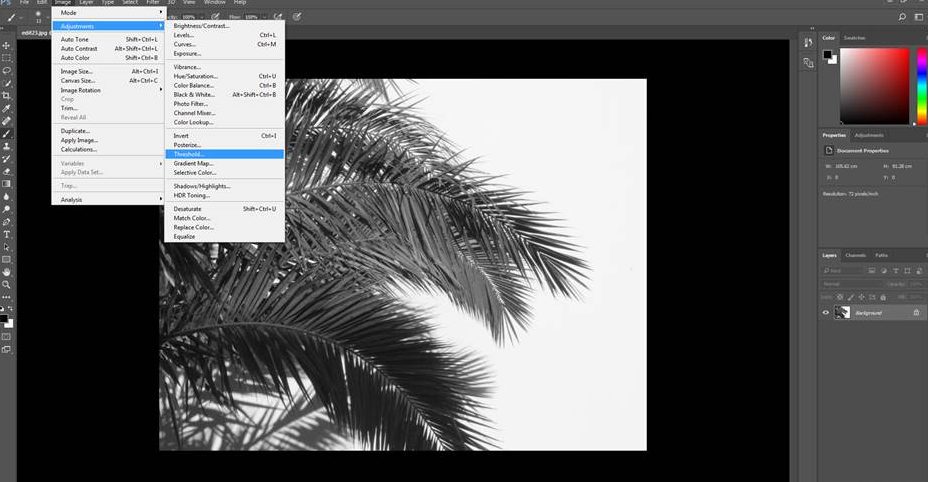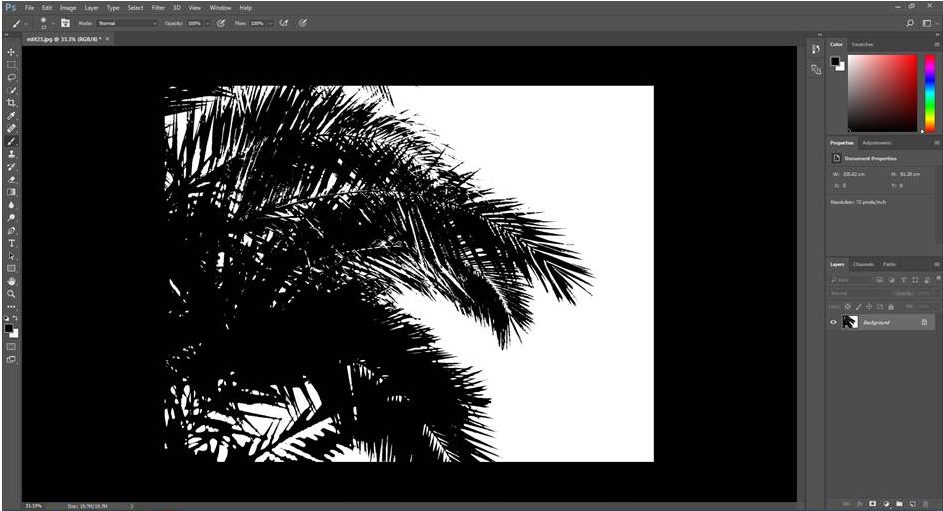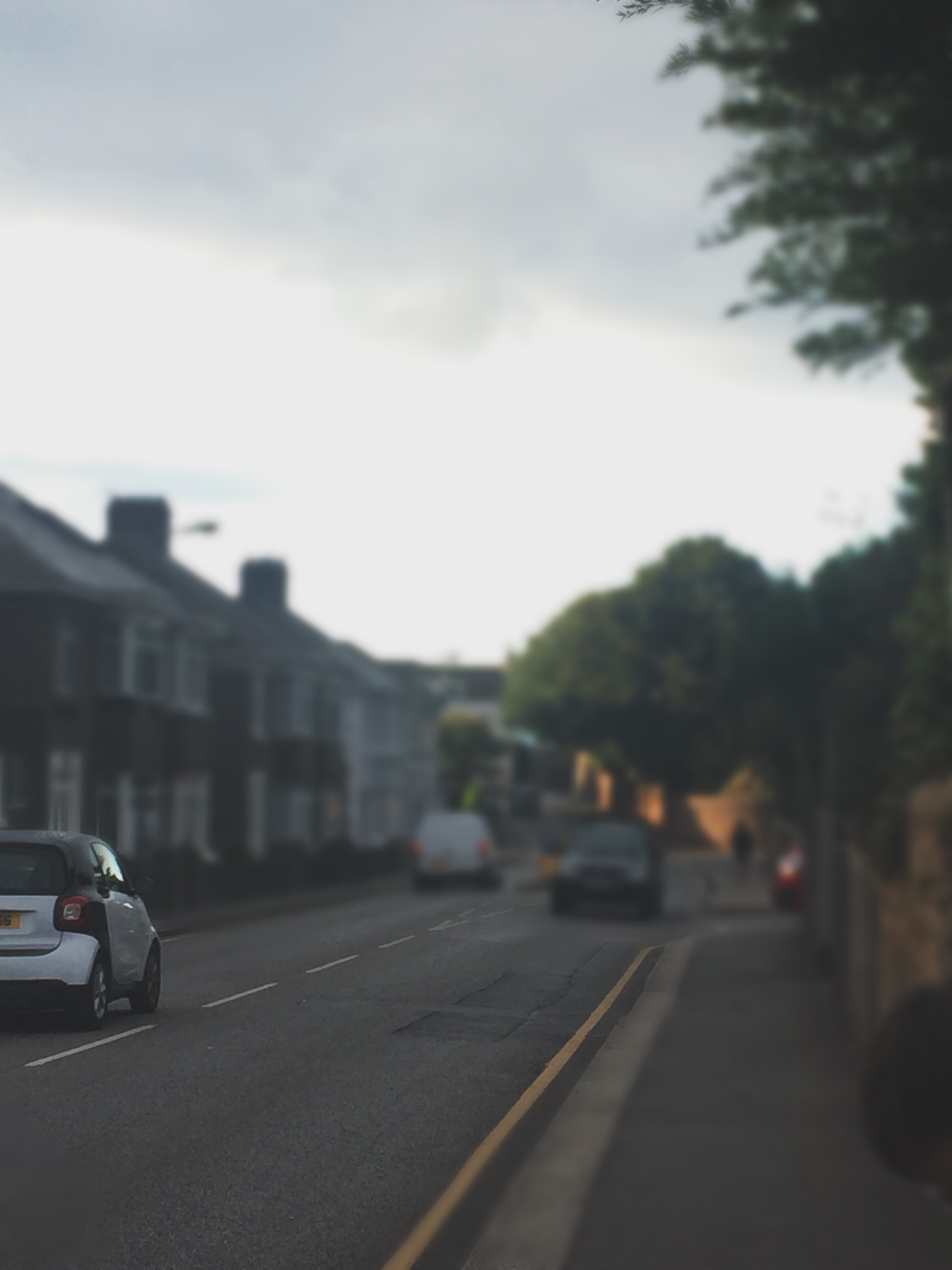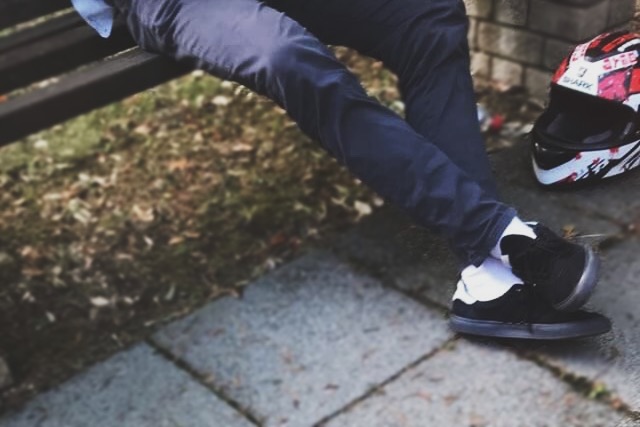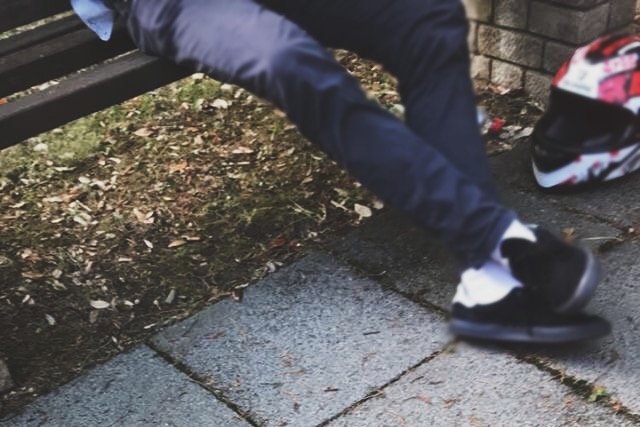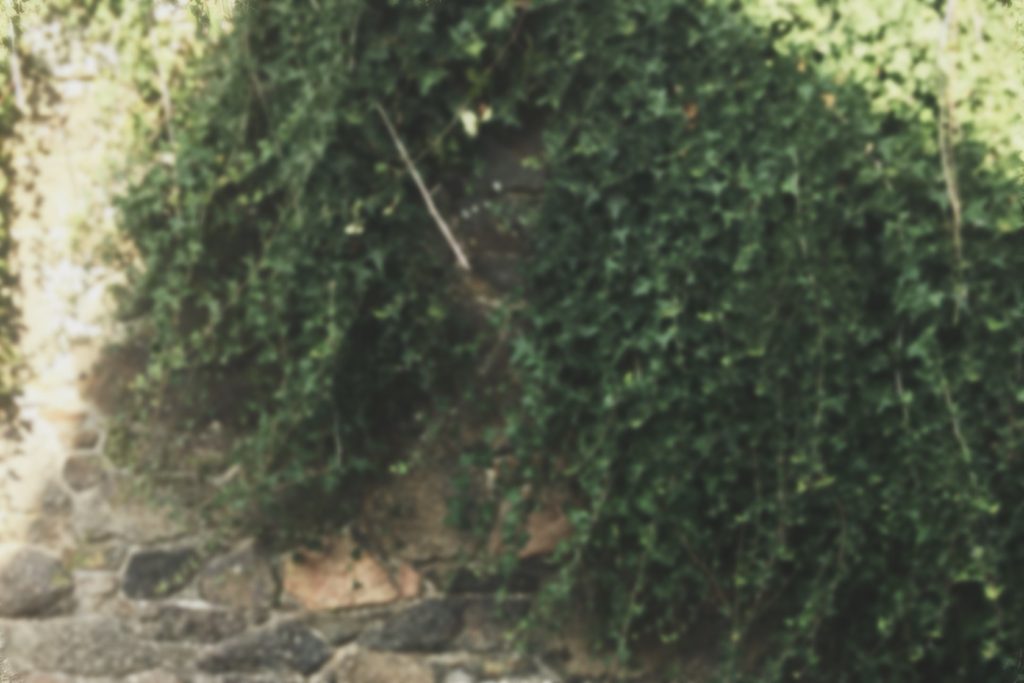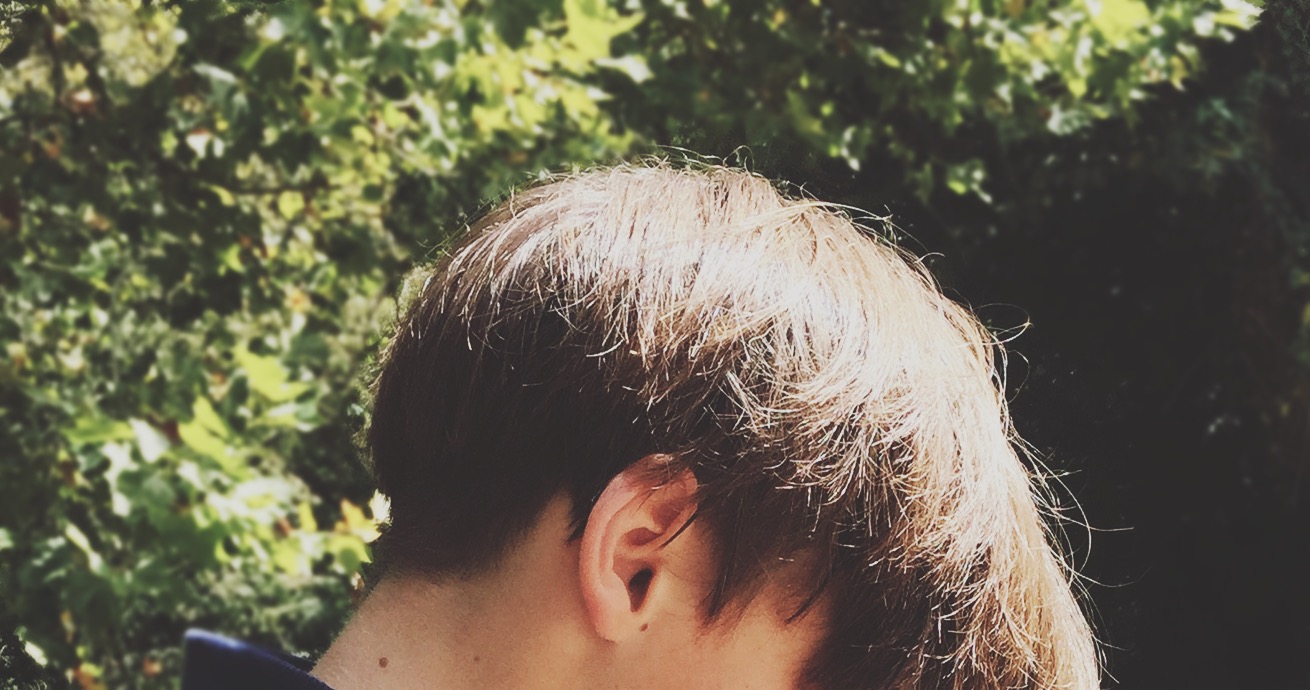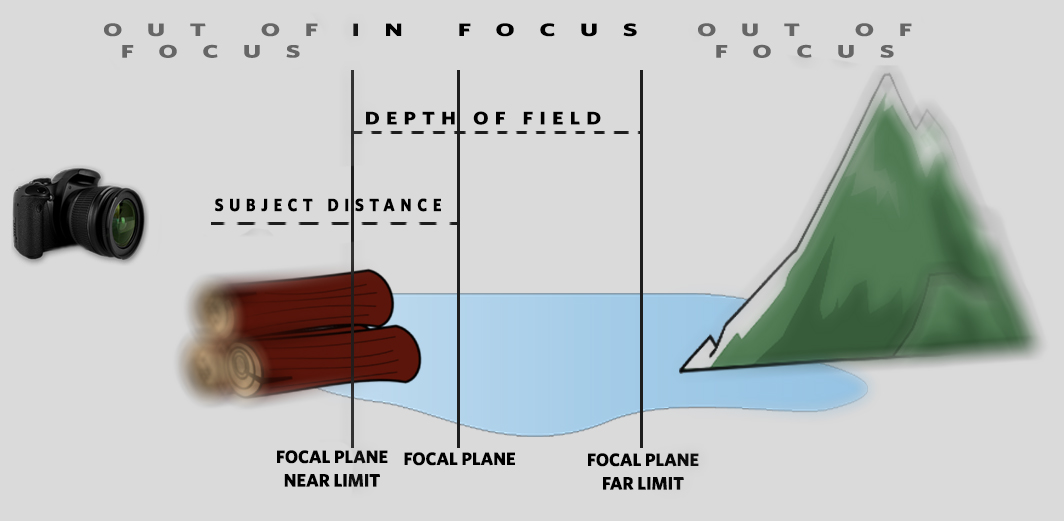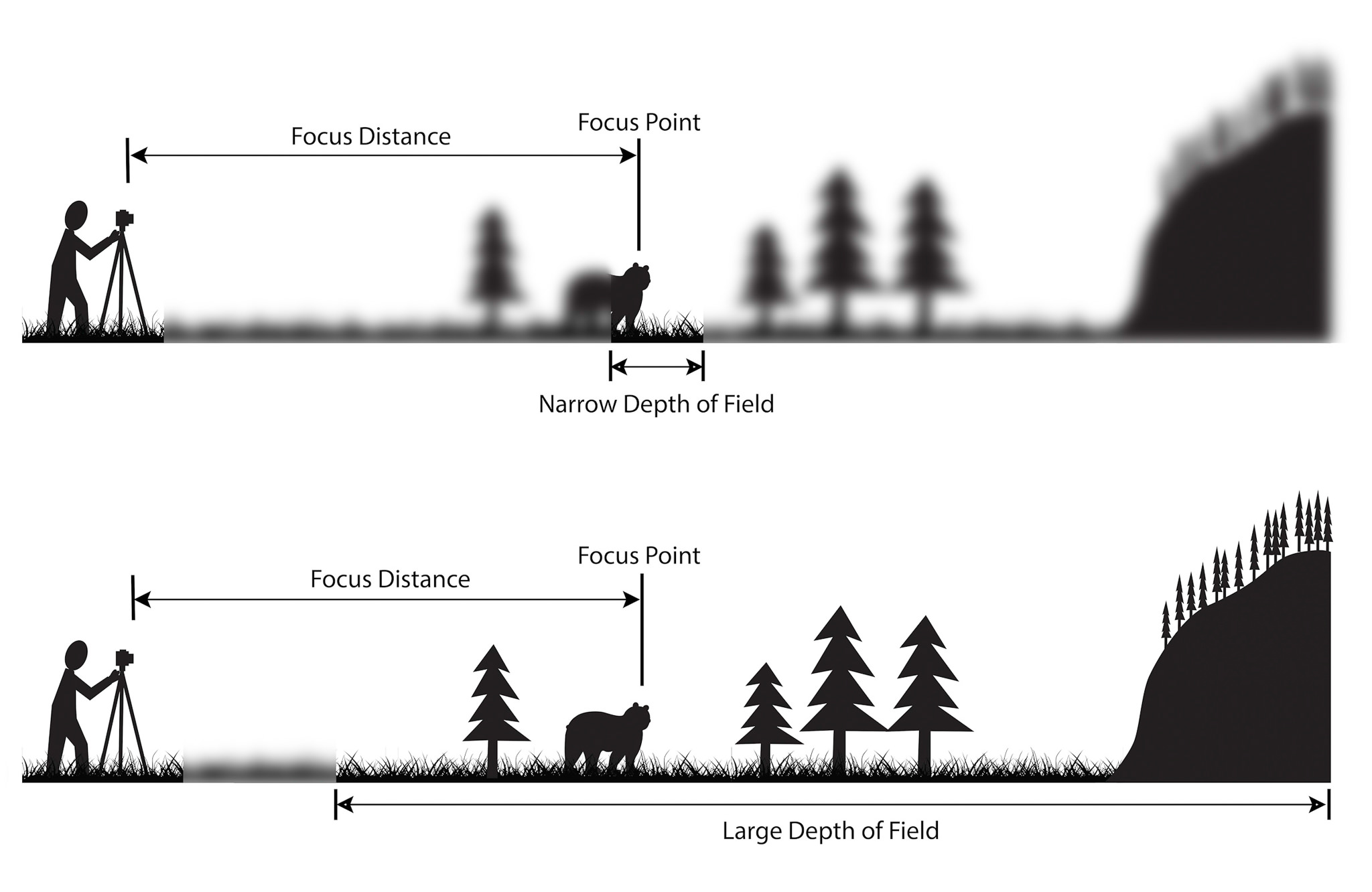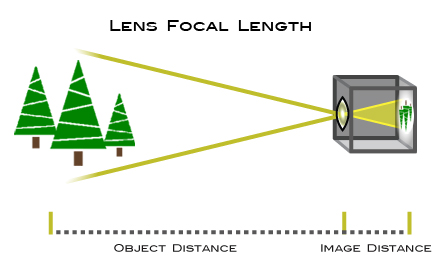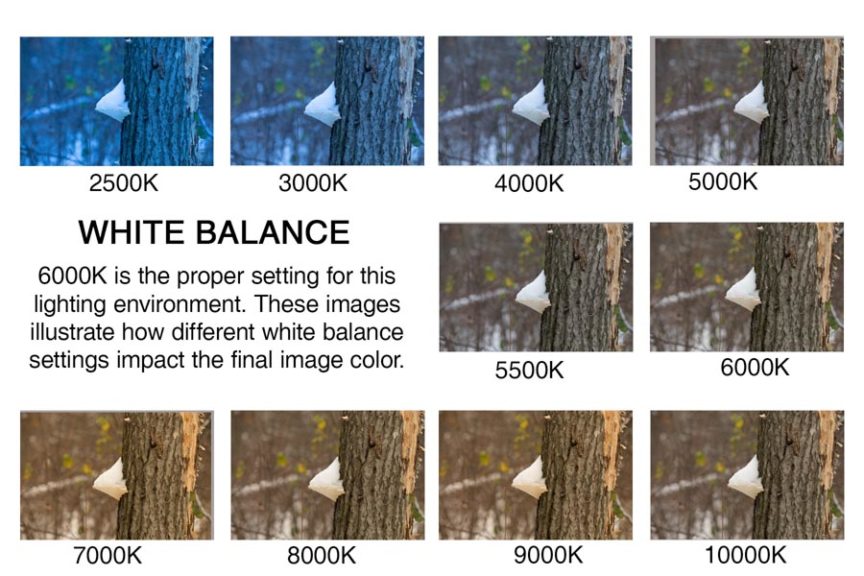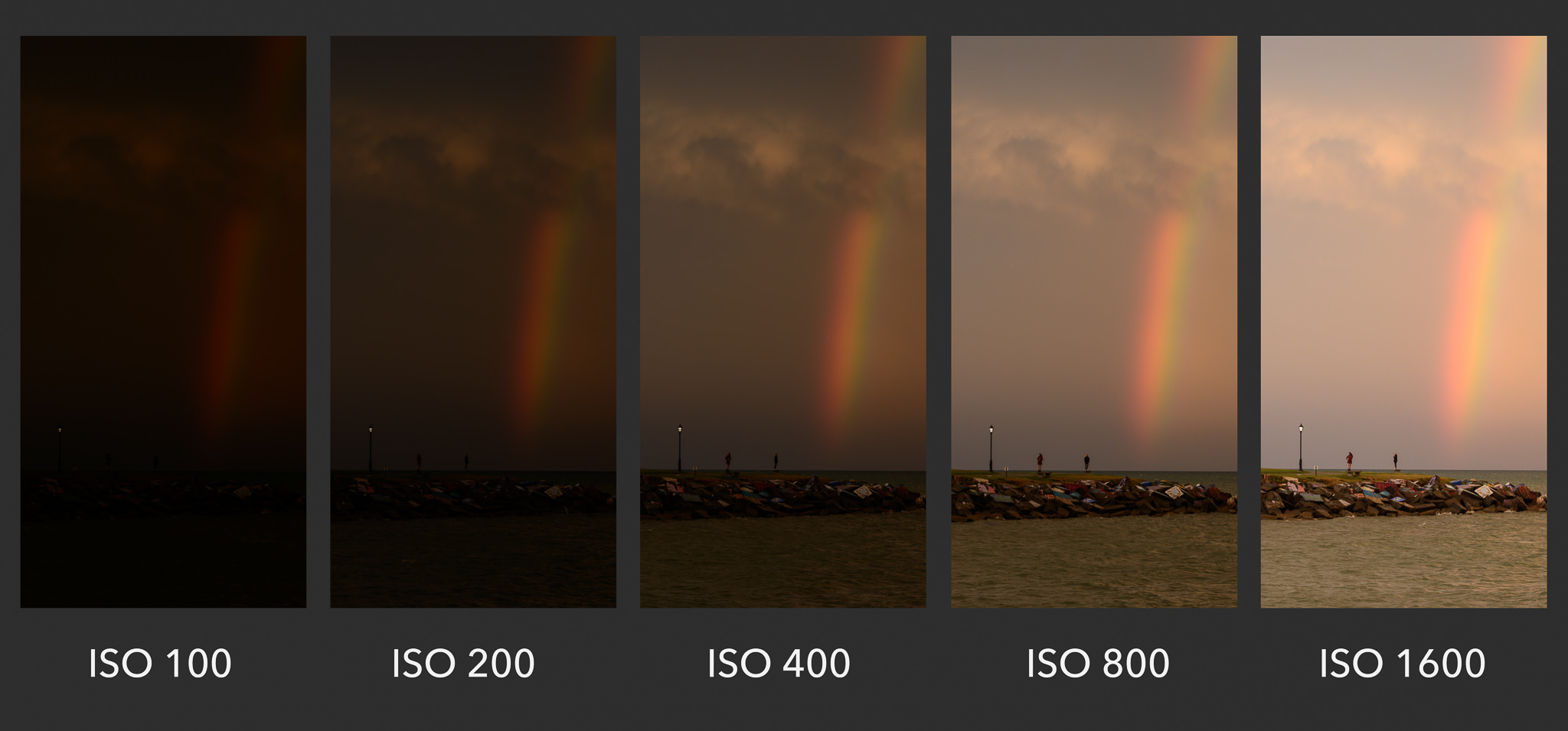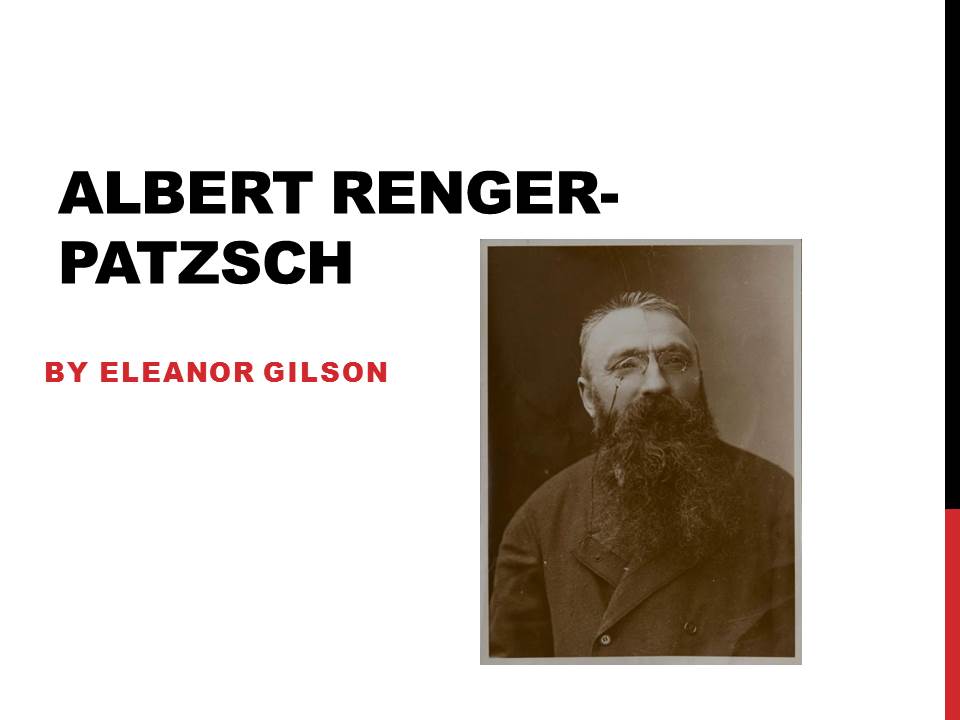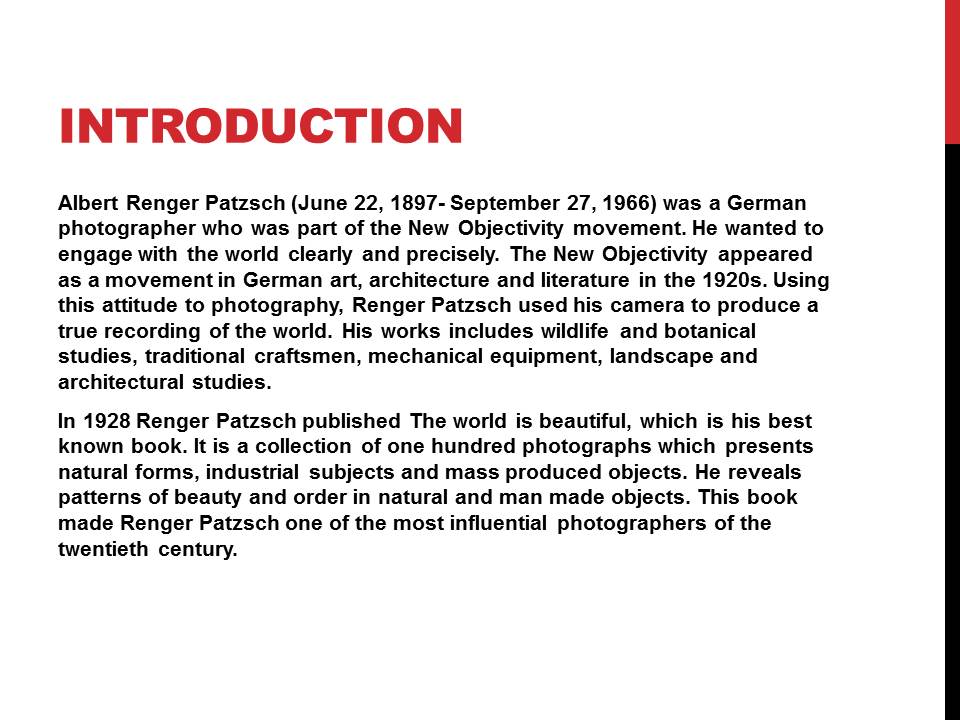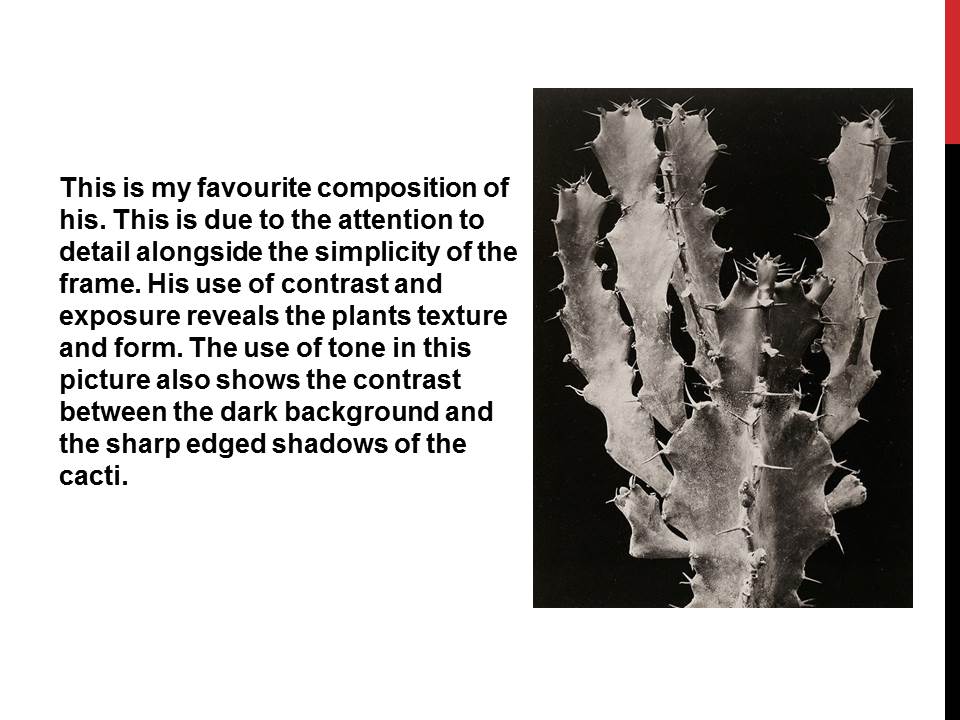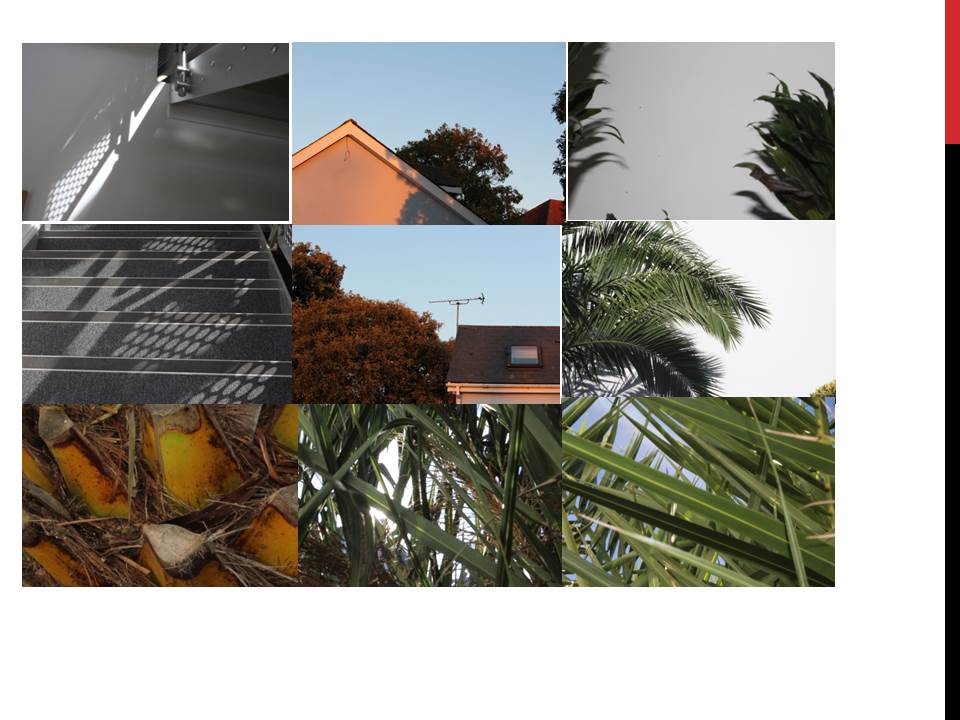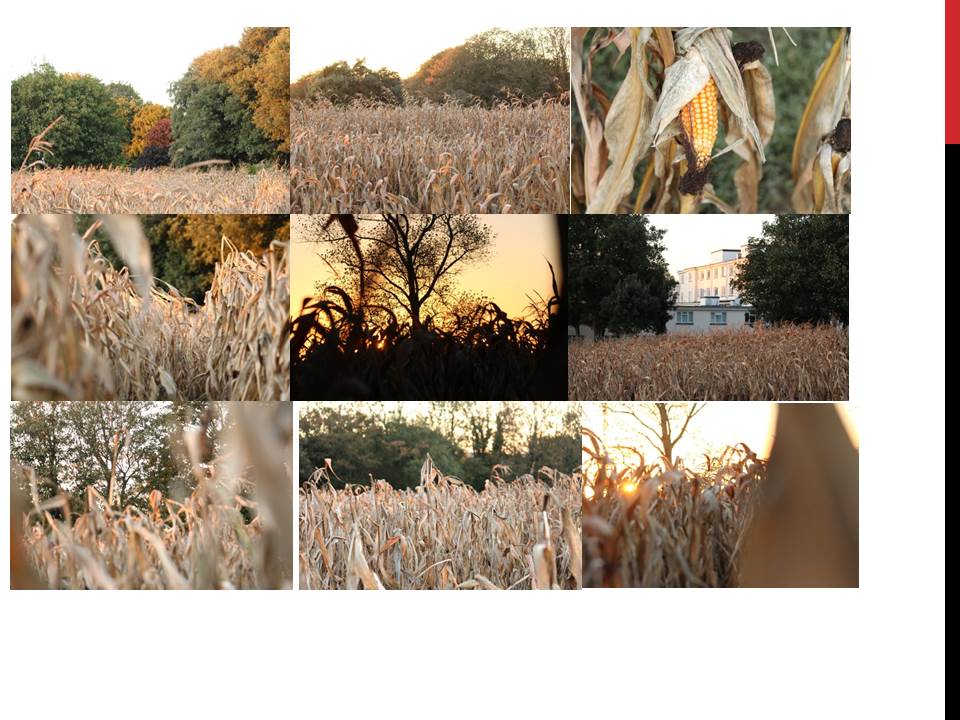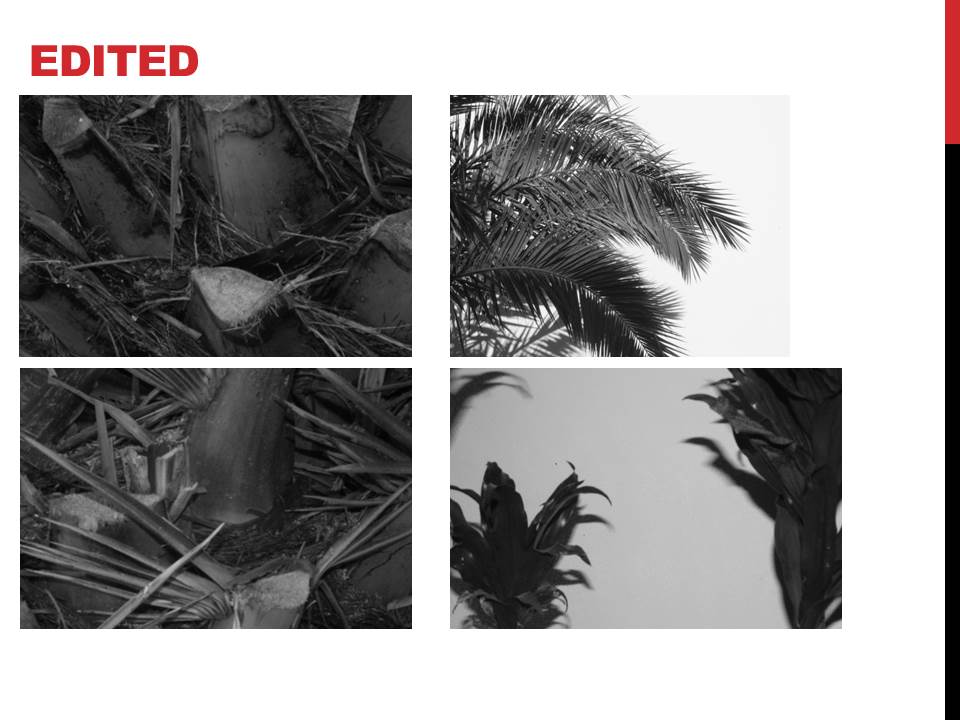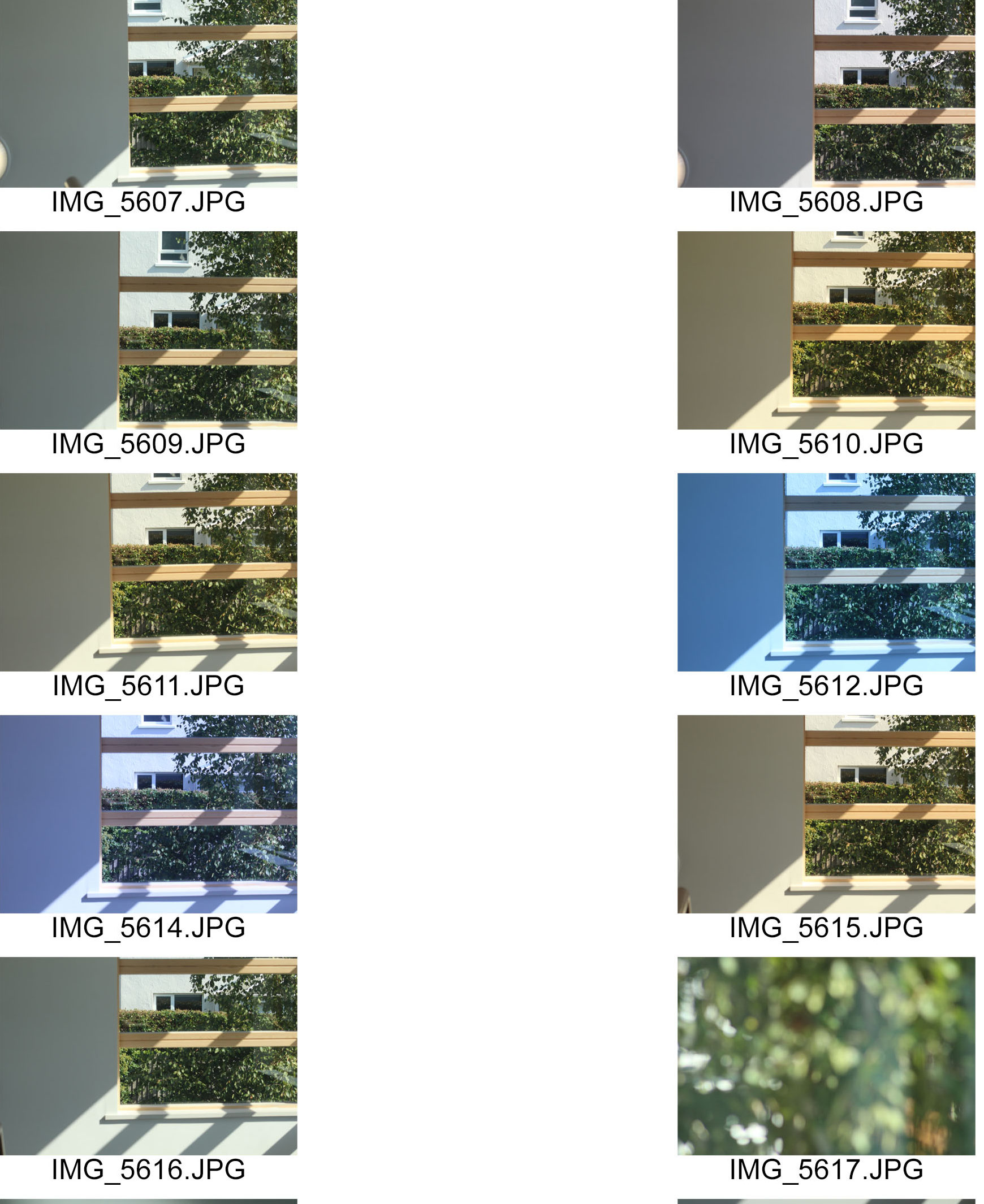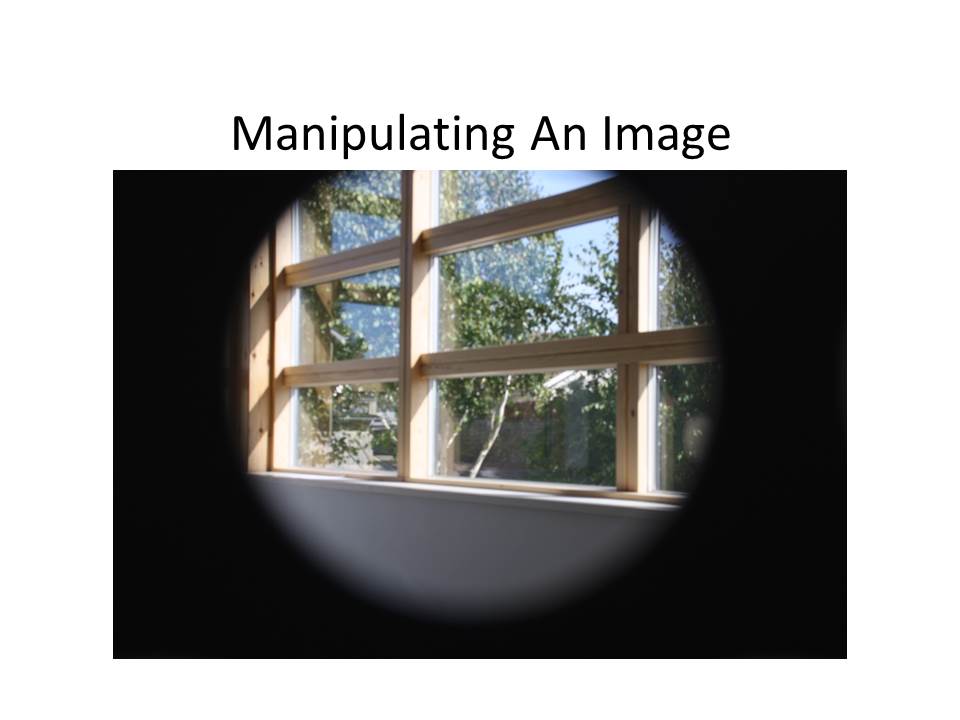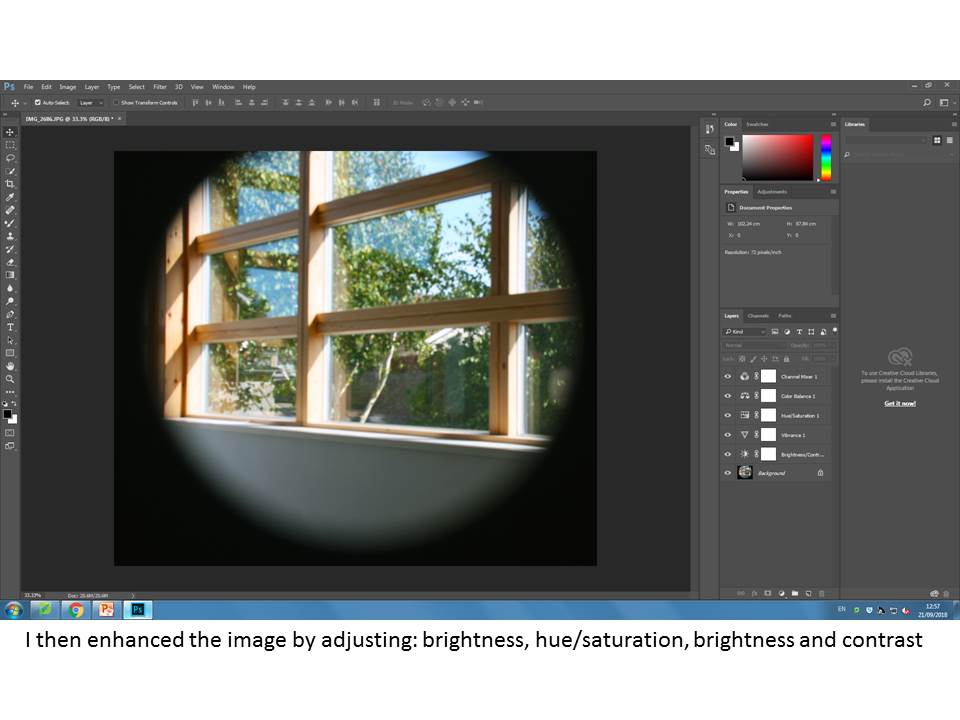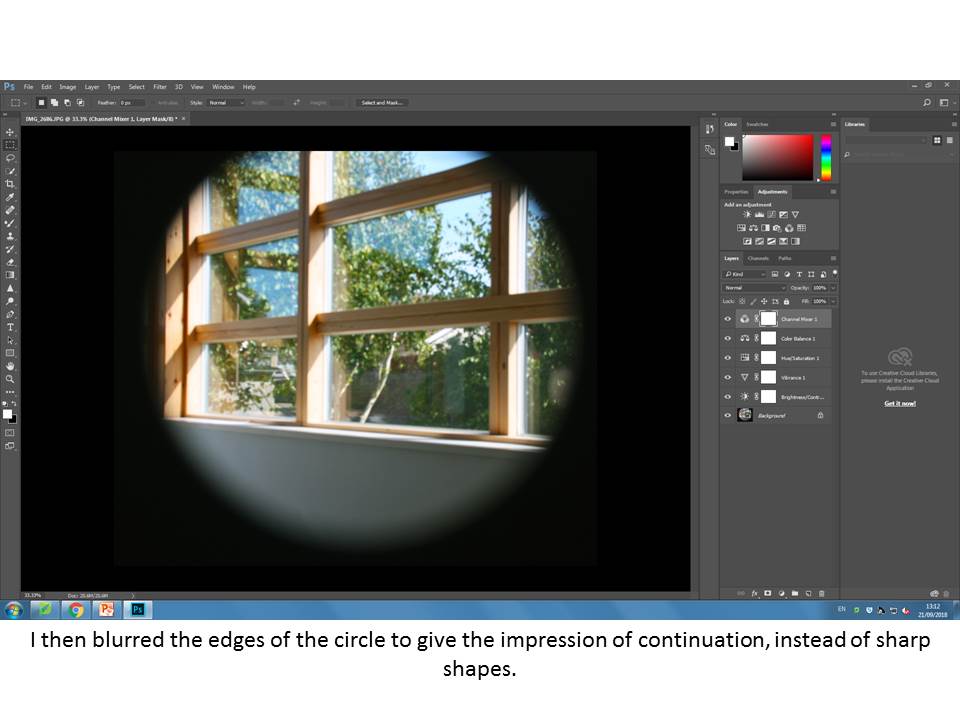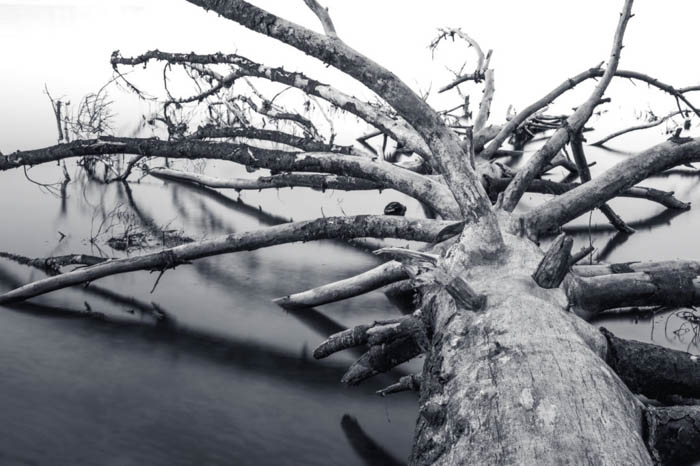Keld Helmer-Petersen was a Danish photographer who achieved widespread international recognition in the 1940s and 1950s for his abstract colour photographs.The pioneering effort with 122 Colour Photographs brought Helmer-Petersen a grant from the Denmark–America Foundation to study at the Institute of Design in Chicago. During his stay at the school, he both taught and studied under (with others) the American photographer Harry Callahan. Helmer-Petersen began to experiment with the contrast in graphic black and white expression influenced by constructivist artists and their fascination with industry’s machines and architecture’s constructions.A selection of the photographs that Helmer-Petersen created in Chicago was published in the little book Fragments of a City (1960). This offers a portrait of the city in thirty five tightly composed graphic images and is a radical example of Helmer-Petersen’s graphic and formal experimentation.

My Response
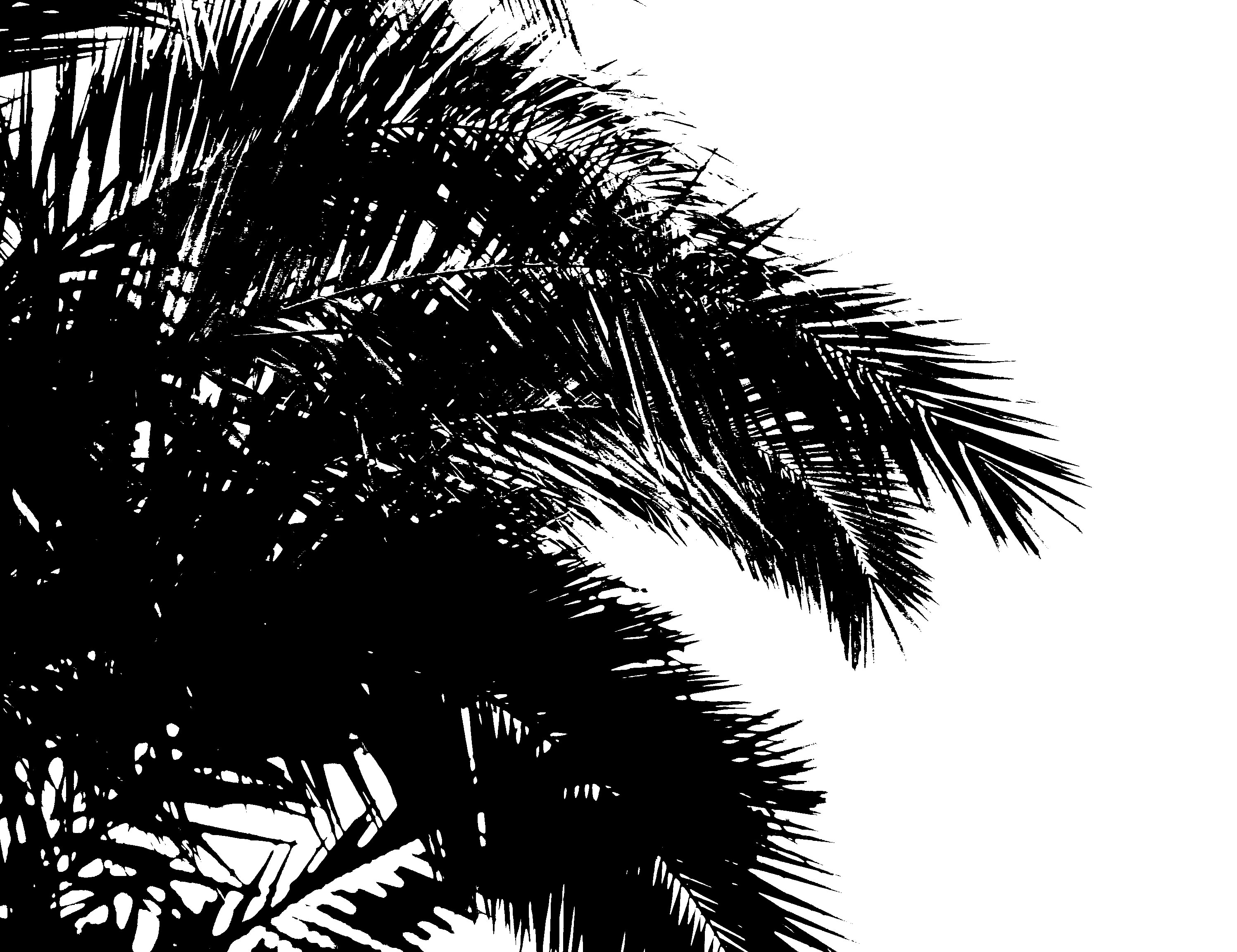
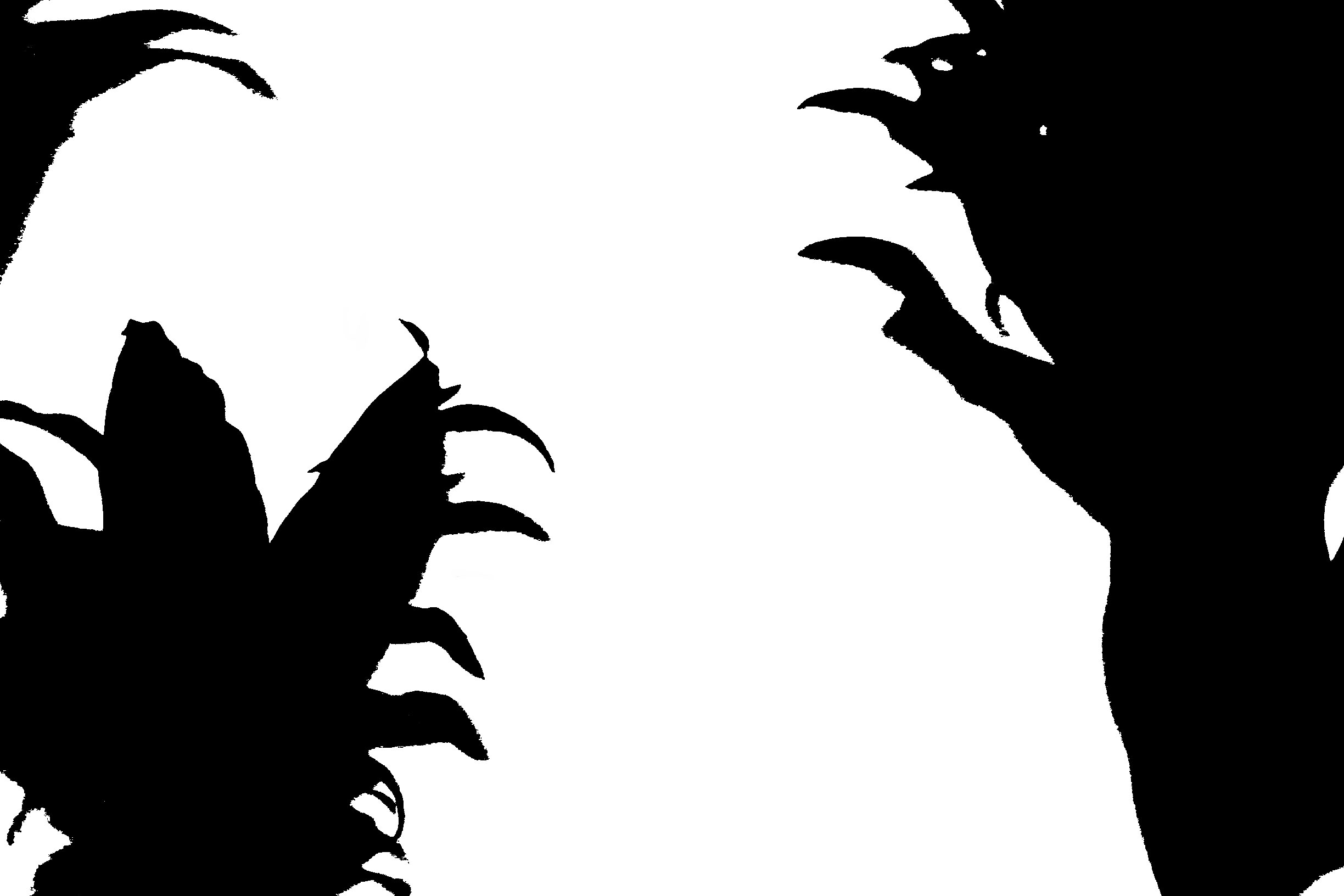
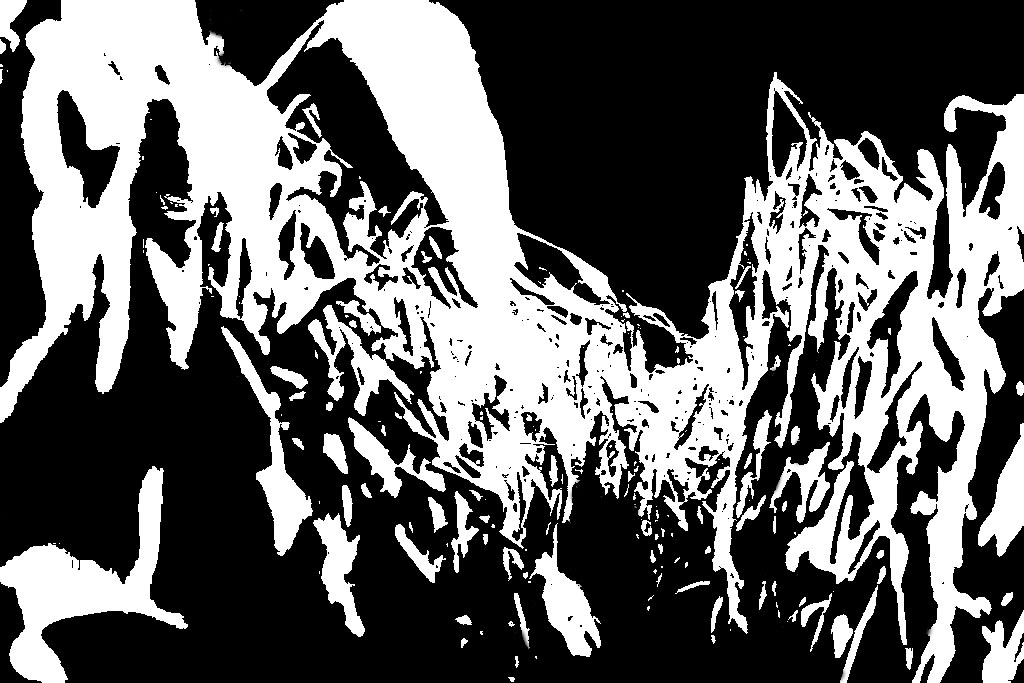
Editing process
In order to recreate Peterson’s work, I went through previous photo shoots and selected four images which I thought would go well with this mid tone idea. I then opened them all up on Photoshop and went up to image>adjustment>threshold. I then adjusted the slider until I was happy with the final outcome (These steps are shown below through the screen shots taken). I then changed the image sizes, in order to make them all the same size. Then on one of the images I doubled the width of the canvas sized and dragged another one of my images next to it. I then doubled the height allowing me to place the other two edits onto the screen, creating a grid of four. I then saved this edit to the size of an A4 paper, allowing me to print it out.
